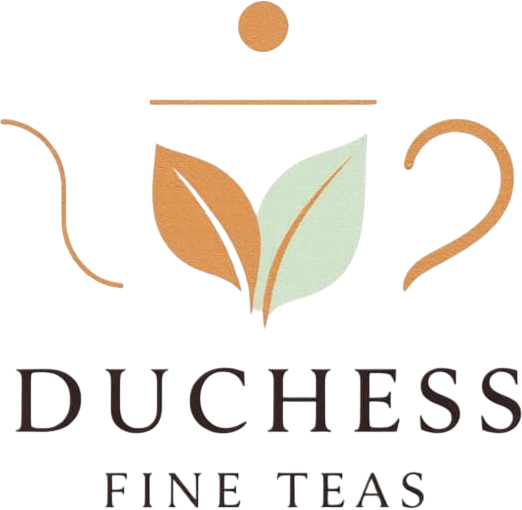The History of Tea
The History of Tea: A Journey Through Time
Tea is one of the oldest and most cherished beverages in the world, with a history spanning over 5,000 years. Originating in China, it spread across Asia, the Middle East, and Europe, becoming an essential part of many cultures.
1. The Legendary Origins of Tea (2737 BCE – Ancient China)
According to Chinese legend, Emperor Shen Nong, a skilled herbalist, discovered tea around 2737 BCE. While boiling water under a tree, some leaves from a Camellia sinensis plant accidentally fell into his pot. He drank the infusion and found it refreshing and energizing, marking the birth of tea.
Tea in Ancient China
Early tea was used as medicine rather than a daily beverage.
By the Tang Dynasty (618–907 CE), tea drinking became widespread, leading to the creation of the first tea book, Cha Jing (The Classic of Tea) by Lu Yu.
During the Song Dynasty (960–1279 CE), powdered tea (the precursor to matcha) became popular.
2. The Spread of Tea to Japan & Asia (9th–14th Century)
Tea arrived in Japan in the 9th century, brought by Buddhist monks who had studied in China. They used tea for meditation and later developed the Japanese Tea Ceremony (Chanoyu).
Matcha, the finely ground green tea, became popular during the 12th century with Zen monks.
Tea culture also spread to Korea, Vietnam, and India over the centuries.
3. The Arrival of Tea in the Middle East & Europe (16th–17th Century)
By the 16th century, Portuguese and Dutch traders brought tea from China to Europe.
The Dutch were the first Europeans to introduce tea to their people, selling it in Amsterdam.
Tea became hugely popular in Britain after Catherine of Braganza, a Portuguese princess, married King Charles II in 1662 and introduced tea-drinking to the British court.
The British East India Company began large-scale imports of tea, and afternoon tea became a fashionable tradition.
4. The British & Indian Tea Revolution (18th–19th Century)
By the 1800s, China had a monopoly on tea production, but Britain sought an alternative.
The British smuggled tea plants into India and began cultivating tea in Assam and Darjeeling.
India and Sri Lanka (then Ceylon) became major tea-producing regions, challenging China’s dominance.
5. The Rise of Tea in America & the Invention of Tea Bags (20th Century)
Tea played a role in American history with the Boston Tea Party (1773), where American colonists protested British taxation by dumping tea into the harbor.
In 1908, American merchant Thomas Sullivan accidentally invented the tea bag by sending tea samples in silk pouches, which customers began steeping directly in hot water.
Iced tea gained popularity in 1904, after being served at the St. Louis World’s Fair.
6. Modern Tea Culture (21st Century & Beyond)
Today, tea is the second most consumed beverage in the world after water.
Countries like China, India, Sri Lanka, Japan, Taiwan, Kenya, and the UK continue to be major tea producers and consumers.
Modern tea trends include wellness teas, herbal infusions, matcha, bubble tea, and specialty blends.
7. The Global Impact of Tea
The Legacy of Tea
From ancient emperors to modern tea lovers, tea remains a symbol of hospitality, culture, and wellness. Whether enjoyed as a simple cup of green tea or a ceremonial matcha, Duchess Fine Teas celebrates the rich history and timeless elegance of tea.
